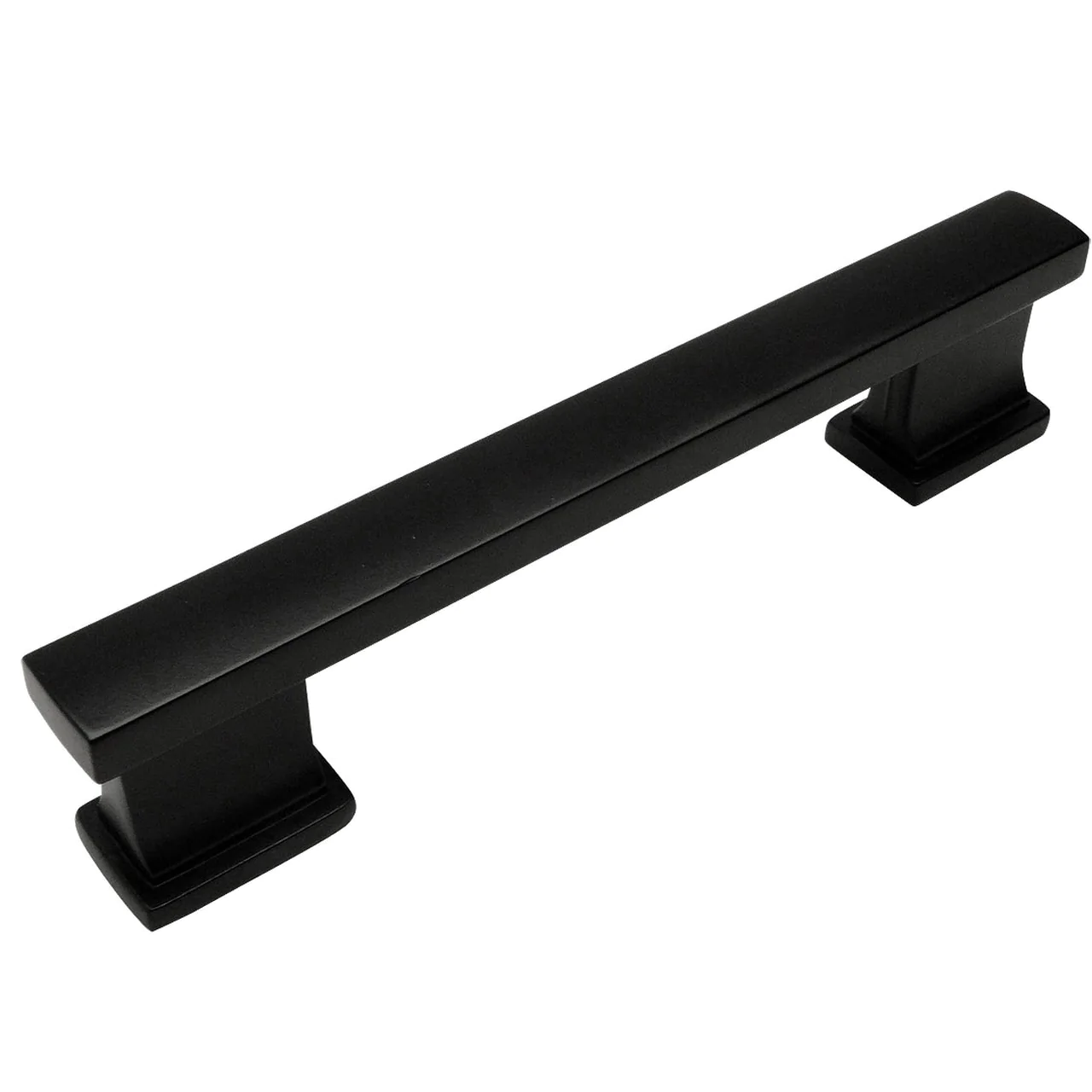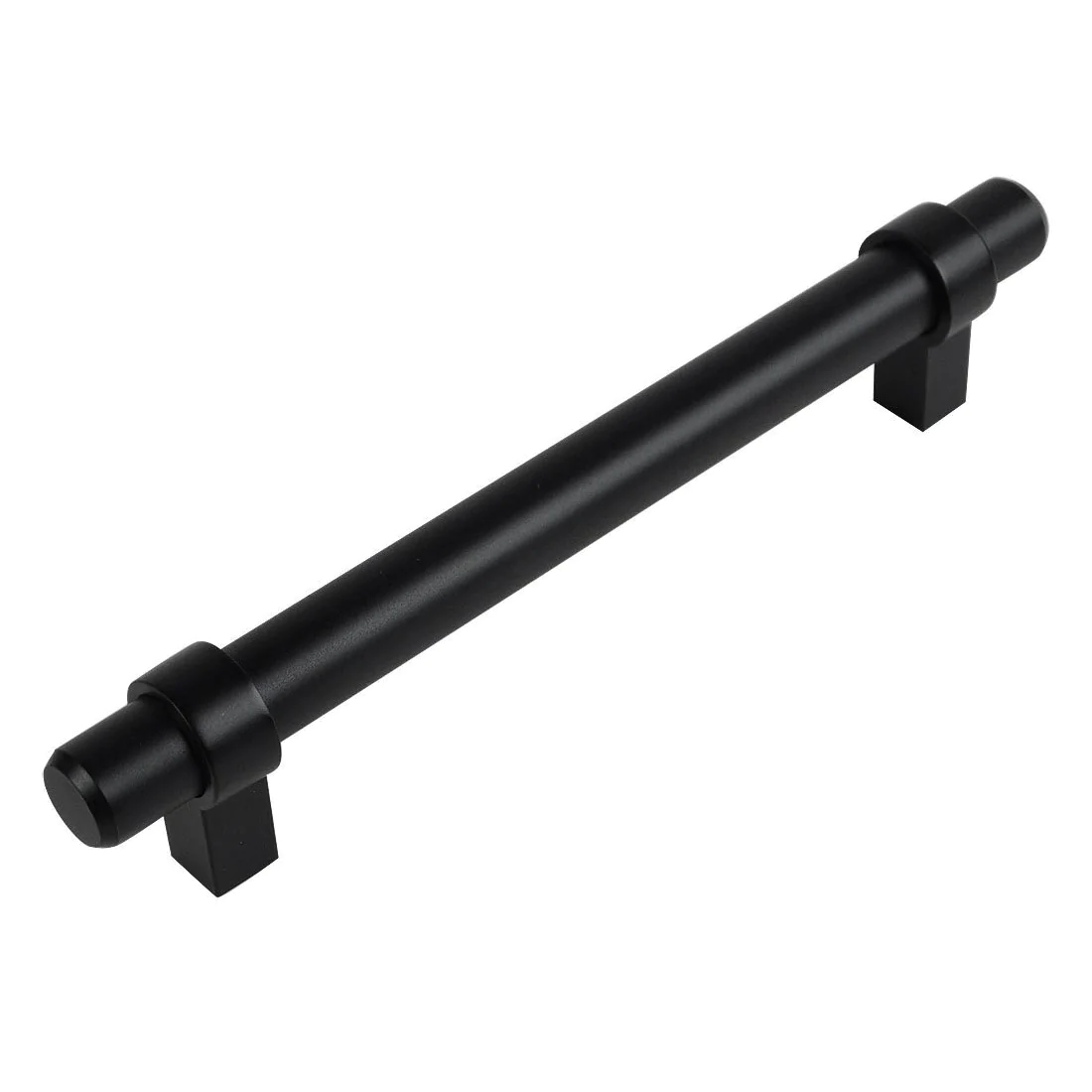How-To: A Guide to Cabinet Hardware Sizing
Transforming a space requires attention to detail, where even the smallest elements, like cabinet hardware, play a pivotal role. Selecting the right hardware for your kitchen, bathroom, or bar is not just about the aesthetic appeal—it’s about infusing personality into every nook. From sleek, minimalist knobs to bold, statement-making handles, the options are endless. But the challenge most DIY enthusiasts face isn’t just choosing a style; it’s determining the correct size.

Understanding Your Cabinetry
Before diving into styles and sizes, the first step is to measure your cabinets and drawers. Measure the length or width of the face of your cabinetry, from one corner to the other. This initial measurement is crucial for selecting hardware that is proportionate and fitting for your space.
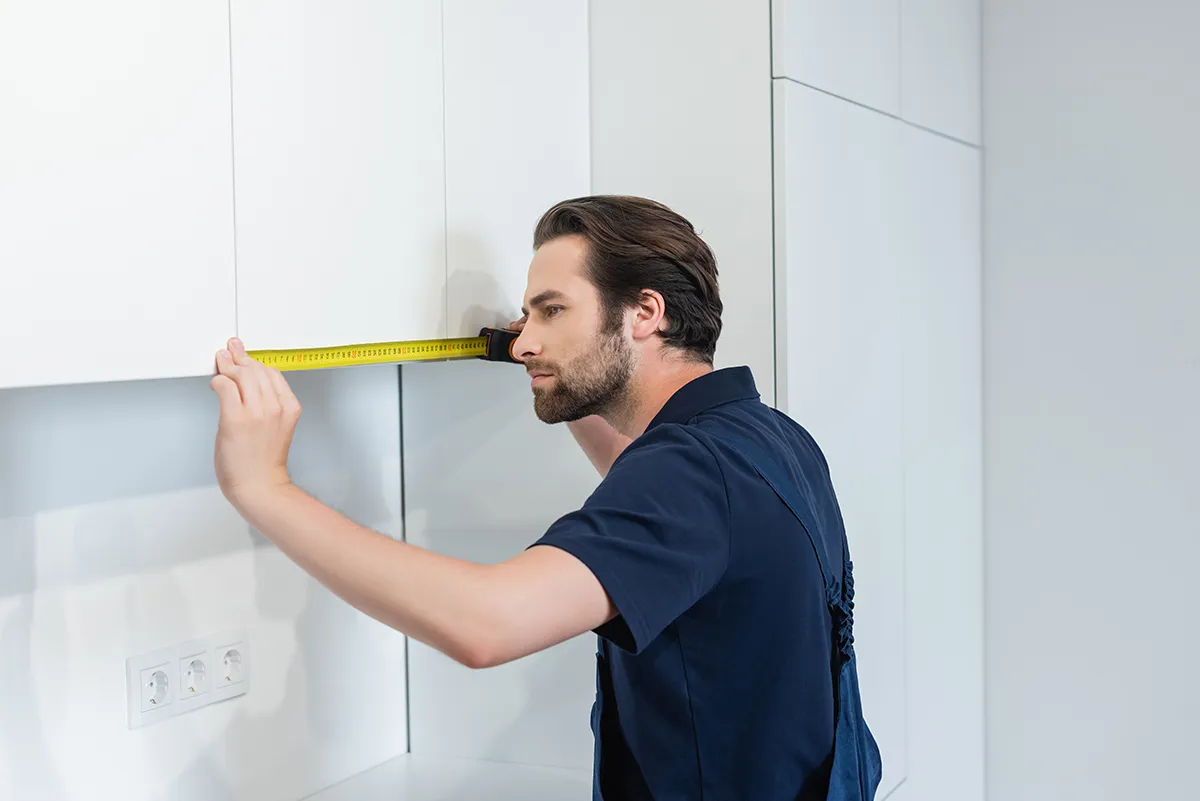
The Power of Choice: Knobs, Pulls, and Handles
Cabinet hardware comes in various forms—knobs, pulls, and handles—each lending a distinct touch to cabinetry. Knobs, often round or square, provide a classic look. Pulls and handles, offering more surface area, are suited for drawers and larger cabinets, marrying functionality with style.
-
Brushed Gold Flat Black Oil Rubbed Bronze Satin Nickel$13.00 – $15.00
🛠 Includes Installation.
-
Brushed Gold Flat Black Oil Rubbed Bronze Satin Nickel$10.00
🛠 Includes Installation.
-
Brushed Gold Chrome Flat Black Oil Rubbed Bronze Satin Nickel$13.00 – $15.00
🛠 Includes Installation.
Decoding the Measurements
Key to hardware selection is understanding the specifications:
- Center-to-Center (C-C): The distance between the screw holes, crucial for pulls and handles.
- Overall Length: The total span of the hardware.
- Projection: How far the hardware extends from the cabinet, affecting its usability.
- Diameter: Especially important for knobs, it impacts grip comfort.
At PullsPlus, we measure handles by total length, emphasizing the importance of matching hardware dimensions with your cabinetry’s scale and style.
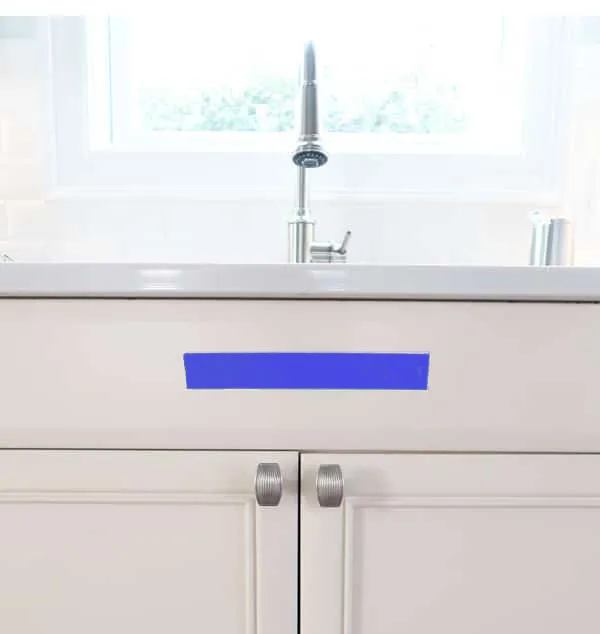
Designer Tips for Making the Right Choice
Using painters’ tape to simulate hardware placement on your cabinets can be a game-changer. This visual aid helps in experimenting with sizes and positions before any permanent decisions are made. Asking yourself how the hardware complements your space’s overall design and functionality can also guide your selection process.
Best Practices for Hardware Installation
When it comes to installation, the mantra is proportion and balance:
- Drawers: Aim for hardware that’s 1/2 or less of the drawer width, opting for 3/4 width for an elongated look for handles & pulls. Alternatively a stylish knob always works well on a drawer.
- Doors: Hardware should be 1/3 or less of the door height to maintain aesthetic harmony.
This balance ensures that the hardware not only looks good but feels right, enhancing the overall functionality and user experience.
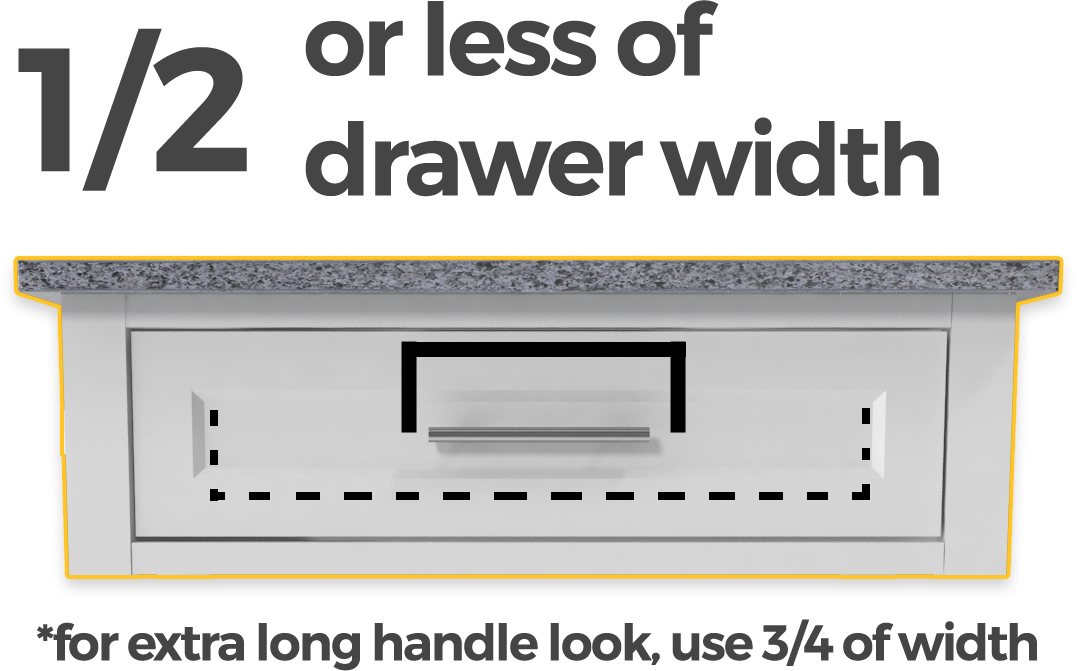
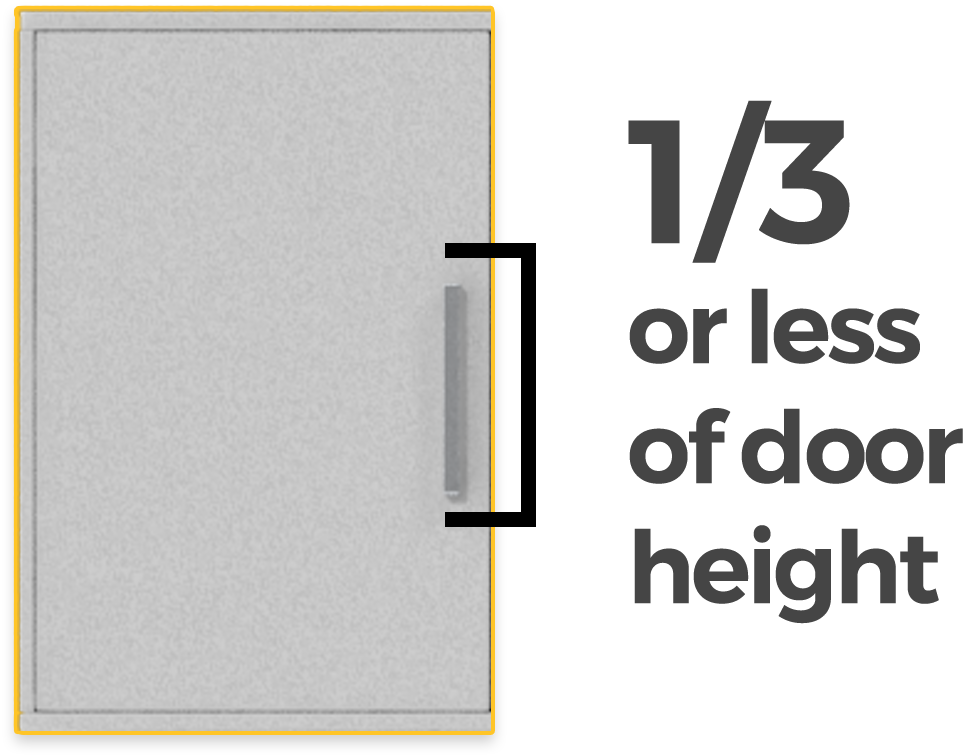
Summary
Mastering the art of cabinet hardware selection is more than just choosing knobs, pulls, or handles—it’s about infusing personality and functionality into your space. From sleek, minimalist designs to bold statement pieces, the options are vast. However, the challenge lies in selecting the right size to ensure proportion and balance.
Understanding your cabinetry’s measurements is the first step. Whether it’s the length or width of your cabinets and drawers, precise measurements are crucial for selecting hardware that fits seamlessly.
Deciphering hardware specifications, such as center-to-center distance, overall length, projection, and diameter, is essential for informed decision-making. At pullsplus.com, we emphasize the importance of matching hardware dimensions with your cabinetry’s scale and style.
Designer tips, such as using painters’ tape to experiment with hardware placement, can be invaluable in the selection process. Consider how the hardware complements your space’s overall design and functionality to make the right choice.
When it comes to installation, remember the mantra of proportion and balance. Aim for hardware sizes that maintain aesthetic harmony, whether it’s for drawers or doors, ensuring a cohesive and visually appealing result.

